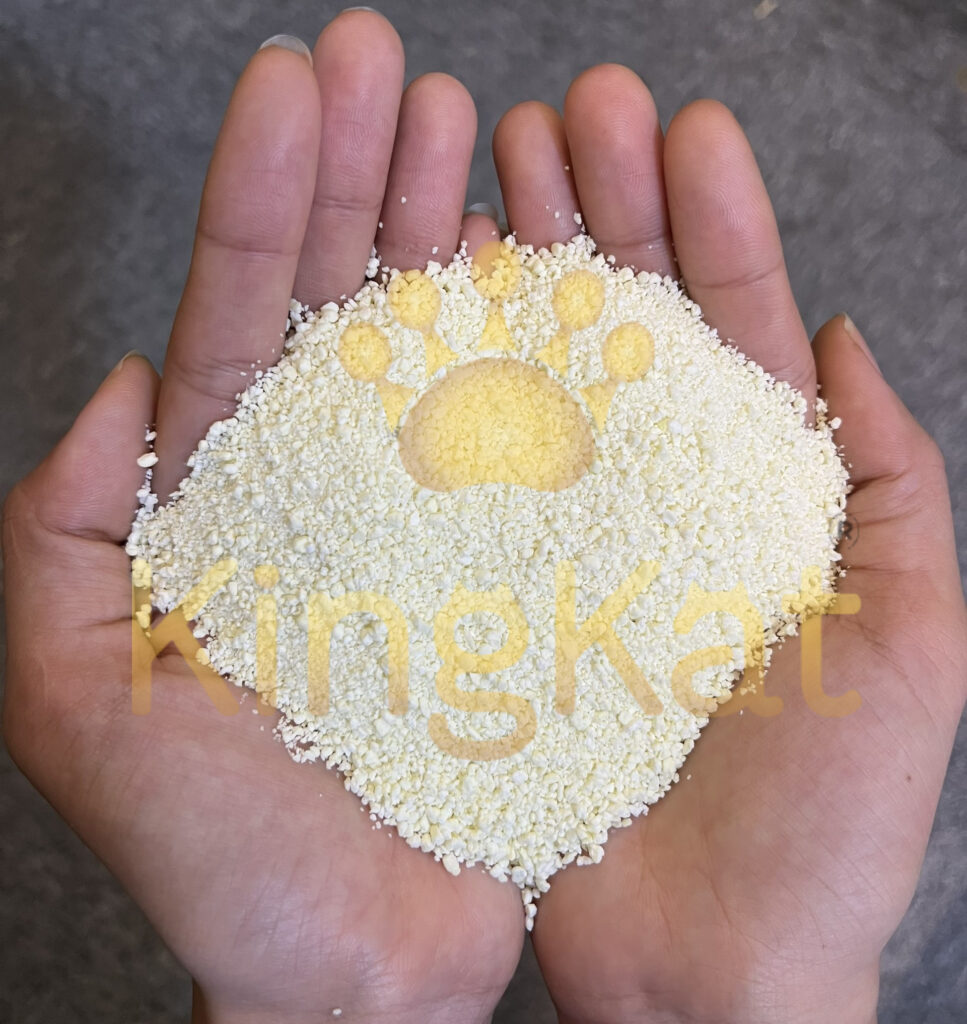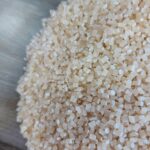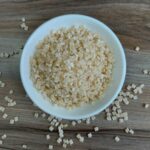CASHEW NUT SHELL OIL
In recent years, the green consumer movement has reshaped industries worldwide, pushing companies to adopt sustainable practices and eco-friendly alternatives. One of the rising stars in this movement is tapioca starch, a natural and versatile product derived from cassava roots. From biodegradable products to eco-friendly packaging, tapioca starch has emerged as a key player in catering to the environmentally conscious consumer.


Table of Contents
ToggleTapioca Starch: A Natural Ally for Sustainability
Tapioca starch is a renewable resource, extracted with minimal environmental impact. Unlike synthetic materials, it is biodegradable, non-toxic, and free from harmful chemicals. These properties make it ideal for addressing modern environmental challenges, particularly as the world seeks alternatives to plastic and other non-degradable materials.
Moreover, tapioca starch production often aligns with sustainable farming practices, benefiting communities in tropical regions where cassava grows abundantly. Its production provides livelihoods while fostering a circular economy, contributing to social and environmental well-being.
Biodegradable Products: A Game Changer
One of the most significant contributions of tapioca starch to the green movement is its use in biodegradable products. Items such as disposable cutlery, plates, and straws made from tapioca starch offer a sustainable alternative to their plastic counterparts.
These products decompose naturally within weeks to months, depending on environmental conditions, leaving no toxic residue behind. This aligns with consumer demand for products that minimize environmental impact without compromising functionality.
For instance, Avani Eco, a company based in Indonesia, has been pioneering the use of tapioca starch in creating biodegradable bags. These bags dissolve in hot water and degrade naturally, eliminating the risk of adding to landfills or marine pollution.
Eco-Friendly Packaging
The global push for sustainable packaging has created a surge in the demand for tapioca starch-based materials. Packaging made from tapioca starch is lightweight, strong, and biodegradable, making it an excellent alternative to plastic and polystyrene.
Large corporations and small businesses alike are leveraging this technology. For example, Notpla, a UK-based startup, has developed a range of packaging solutions using plant-based materials, including tapioca starch. Their innovative edible packaging, originally designed for holding liquids, has been adopted at events like marathons and festivals, replacing single-use plastic cups and sachets.
Tapioca Starch in the Green Consumer Market
The appeal of tapioca starch extends beyond its eco-friendly properties. Consumers are increasingly drawn to products that reflect their values, including sustainability and environmental stewardship. Companies that adopt tapioca starch in their product lines often see enhanced brand loyalty and a stronger connection with their target audience.
Eco-conscious consumers also value transparency. Highlighting the use of tapioca starch in marketing campaigns allows brands to demonstrate their commitment to sustainability. For example, some companies producing cat litter have turned to tapioca starch as a natural, biodegradable ingredient, appealing to pet owners who prioritize green living.
Challenges and Opportunities
Despite its advantages, the tapioca starch industry faces challenges. One key hurdle is cost: biodegradable products and packaging made from tapioca starch can be more expensive than traditional options. However, growing consumer awareness and government policies banning single-use plastics are driving demand, creating opportunities for economies of scale and innovation.
Additionally, collaboration between businesses, researchers, and policymakers can enhance the efficiency and affordability of tapioca starch-based solutions. Investment in technology and sustainable supply chains will further solidify its role in the green consumer movement.
The Future of Tapioca Starch in Sustainability
Tapioca starch holds immense potential as a driver of sustainability. As more companies recognize its benefits, the adoption of tapioca starch in biodegradable products and eco-friendly packaging will continue to grow.
For businesses, the opportunity is clear: adopting tapioca starch isn’t just about sustainability—it’s also about meeting consumer demands, staying competitive, and building a better future. The green consumer movement is here to stay, and tapioca starch is poised to be at the forefront of this transformative shift.
Conclusion
The rise of tapioca starch as a cornerstone of the green consumer movement signals a shift toward a more sustainable future. Its versatility, biodegradability, and alignment with eco-conscious values make it a powerful tool for companies and consumers alike. As the world grapples with environmental challenges, tapioca starch serves as a beacon of hope, demonstrating that innovation and nature can work hand in hand to create lasting change.
Let’s embrace tapioca starch as a step toward a greener tomorrow.












